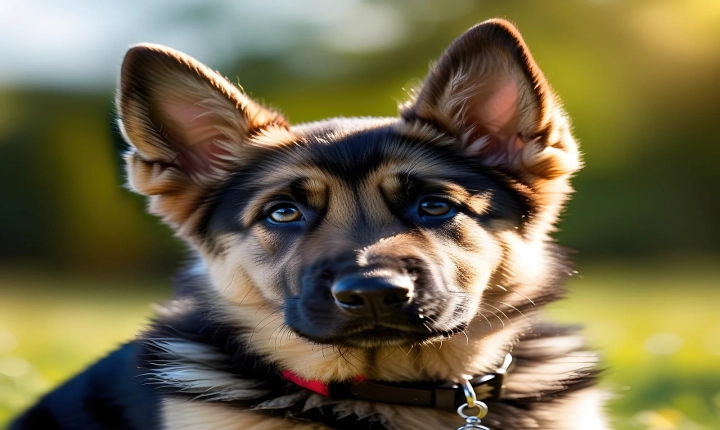Censorship is a powerful tool used by governments and organizations to control and manipulate information, often stifling the voices of dissent and creativity. One prominent figure who has been directly impacted by censorship is the renowned Chinese artist and activist, Ai Weiwei.
Ai Weiwei, known for his bold and provocative works of art, has been a vocal critic of the Chinese government’s oppressive policies and crackdown on freedom of expression. His outspoken activism has made him a target for censorship, both online and in the physical realm.
In the digital age, censorship operates through various means, including government regulation of internet content, monitoring and censorship of social media platforms, and the use of surveillance technology to track and silence dissenting voices. Ai Weiwei has experienced this firsthand, with the Chinese government blocking his social media accounts, removing his content from the internet, and even arresting him in 2011, holding him in detention without trial for 81 days.
In addition to online censorship, physical censorship takes the form of government censorship of public exhibitions and art installations. Ai Weiwei’s artwork has faced numerous challenges in being displayed in China, with authorities shutting down his exhibits and confiscating his installations. The government uses intimidation and fear to silence artists like Ai Weiwei, creating a culture of self-censorship among creatives who fear the repercussions of speaking out against the regime.
Censorship also extends beyond the borders of China, as the country’s influence and economic power have led to international organizations and platforms self-censoring to avoid offending the Chinese government. This has created a chilling effect on artistic and journalistic expression, as individuals and institutions censor themselves to avoid backlash or repercussions from the Chinese government.
However, Ai Weiwei has refused to be silenced, utilizing his art and platform to continue speaking out against censorship and human rights abuses. In 2018, he released a film titled “Human Flow,” which focused on the global refugee crisis, shedding light on the struggles of displaced people around the world. Despite facing obstacles and censorship, Ai Weiwei’s unwavering commitment to using his art as a form of protest and activism has inspired others to speak out against censorship and oppression.
The case of Ai Weiwei highlights the insidious nature of censorship and its impact on artists and activists who dare to challenge the status quo. By understanding how censorship operates and the tactics used to stifle dissent, we can work towards safeguarding freedom of expression and defending the rights of individuals to speak out against injustice. Ai Weiwei’s resilience serves as a powerful reminder of the importance of pushing back against censorship and standing up for human rights, even in the face of adversity.
